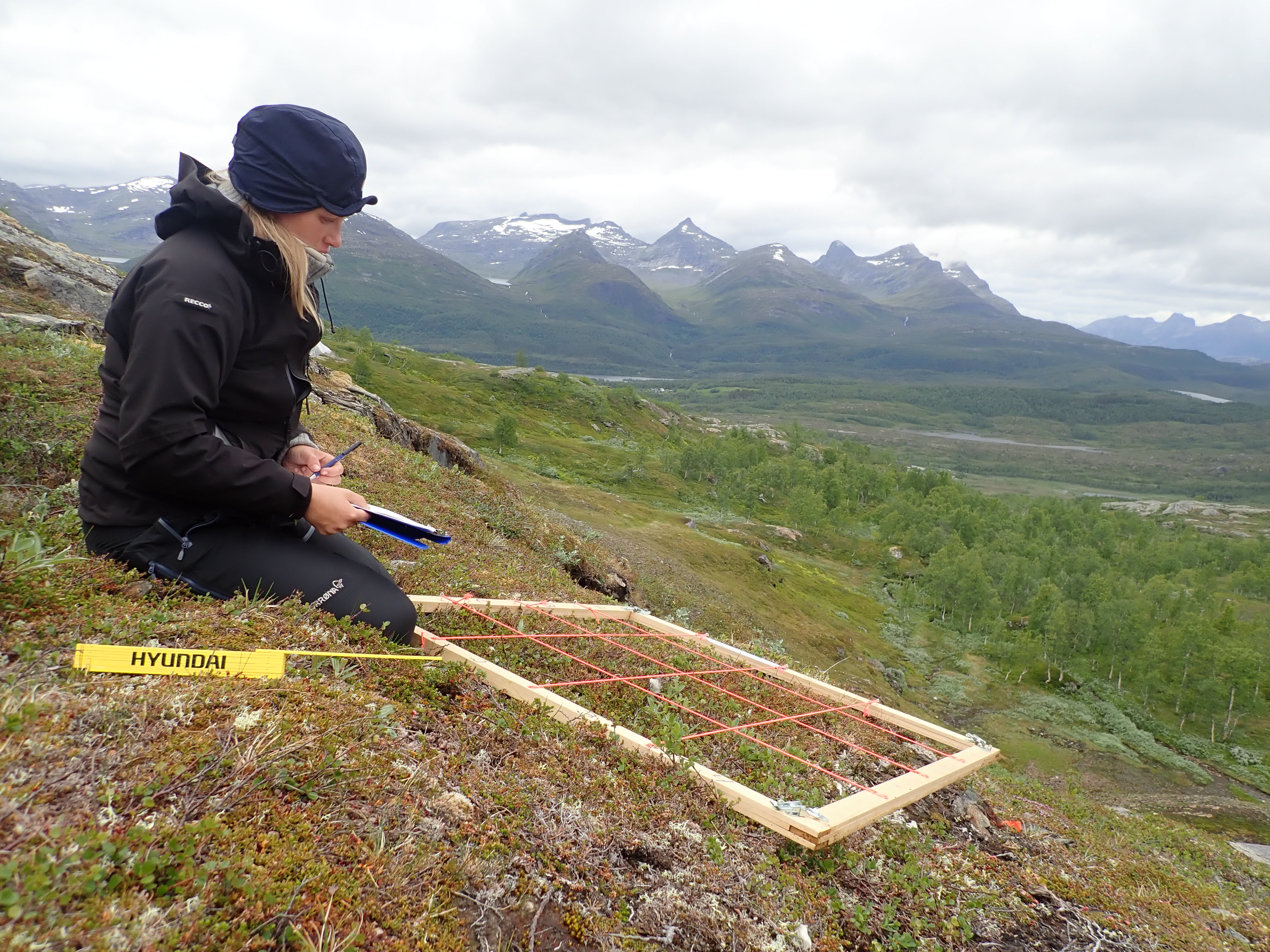Category Archives: Projects
SmartForest
The primary objective of SmartForest is to improve the efficiency of the Norwegian forest sector by enabling a digital revolution transforming forest information, silviculture, forest operations, wood supply and the overall digital information flow in the sector.
NMBU is leading the work packages 1, 5 and 6 (Fig. 1).
Fig. 1. Work package structure.
See the project web pages for more info.
Project meeting
On March 10, 2020, the national partners of ForestPotential were gathered for a project meeting.
NOBEL – Novel business models and mechanisms for the sustainable supply of and payment for forest ecosystem services
Project summary
Payments for Ecosystem Services (PES) are an important mechanism to link the demands of the society with the service providers. Continue reading
Completed data collection in 2018
(Norsk) Masteroppgave: Allelopatisk effekt av krekling på rekruttering og overlevelse av pionertrær i tregrenseøkotonen.
Startup meeting
Successful kickoff for ForestPotential

From the left: Geir Korsvold, Lennart Noordermeer, Gunnar Austrheim, Nicholas Coops, James Speed, Kari Klanderud, Vegard Lien, Hans Fredrik Hoen, Ole Martin Bollandsås, Karen Lone, Asbjørn Aaheim
The ForestPotential project was kicked off at the RunWay confernce hotel at Gardermoen on the 22nd and 23rd of March 2018. Most of the partners were present or participating online.
In the meeting, each of the partners introduced their field of expertise and recent research activities relevant to the project. Then each work package was presented and discussed in detail. The discussions were very useful and the outlook for a fruitful cooperation to reach the project goals is promising.
Mapping natural forest by means of remote sensing
Project title:
Mapping natural forest by means of remote sensing
Objectives:
Evaluating possibilities of applying recent development in remote sensing for characterizing forest structure and naturalness is of great interest from a forest monitoring perspective. Thus, the main objective of the research was to develop methods to identify natural forests, with emphasis on old natural forest.
Funded by:
Norwegian Environmental Agency
Timeframe:
2017-2018
Master thesis: Detection of rot in standing trees using airborne hyper spectral data
Supervisors: Ole Martin Bollandsås, Terje Gobakken, Hans Ole Ørka
Master thesis: Regional differences in recruitment, mortality and growth of pioneer trees in the treeline ecotone
Several factors are affecting the dynamics in the treeline ecotone. Both climate, herbivory and changed landuse affect recruitment, mortality and growth in this trasition zone between forest and alpine areas. In addition to that it can be challenging to quantify the effect of each factor, several local factors are in play, such as ground vegetation, micro topography, aspect etc. This master thesis uses multi-temporal observations of trees in the treeline ecotone of 35 sites distributed along a more than 1000 km latitude gradient, to analyze regional differences in recruitment, mortallity and growth. The thesis includes analyses of the effets of climate and herbivory on the changes in the treeline ecotone. The thesis is a part of the project ForestPotential.
Master student: Kenneth Langlie Simensen.
Supervisors: Ole Martin Bollandsås, Kari Klanderud



